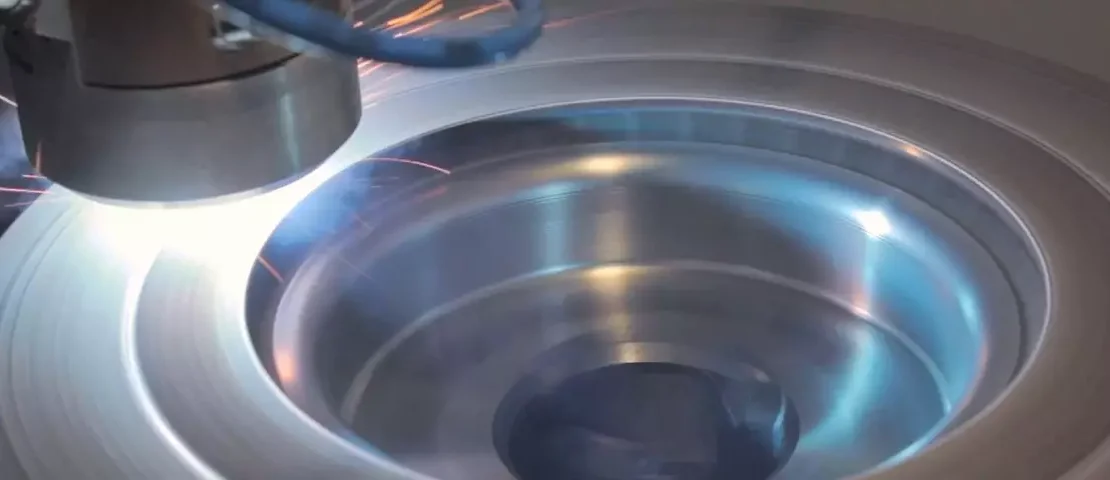Video: AM for Harder, Longer-Lasting Brake Discs
- June 3, 2024
- Posted by: TheD2MCo
- Category: News

Additive manufacturing is being applied to limit automotive brake dust. For a major automaker, Etxetar and Talens are developing a production-speed directed energy deposition system to give brake discs a precise layer of wear-resistant carbide.
Transcript
I am in Elgoibar, Spain, at the machine builder Etxetar, learning about the future role that additive manufacturing is going to play in automotive brake disc production. Etxetar is working with a major auto producer to develop thin laser metal deposition of what will likely be titanium carbide for a m
ore effective surface for brake discs. The aim in Europe relates to coming environmental regulations. The harder surface means less brake dust will get into the atmosphere, but one effect of this is brake discs that will last a whole lot longer because of the harder surface. The way that this process will work, there is an initial layer of about 120 microns thick of stainless steel, which is an intermediate layer, and then the outer surface is a mix of stainless steel and the carbide, about 250 micron thick. These are very thin, precise layers, and that requires a lot of process control. And that’s what Etxetar is working on right now with this test machine, looking at issues like powder consistency, flowability and other issues related to powder, software control, closed loop control over the laser metal deposition process. And then from there, what will come next is the machine building: building production machines for full-scale ongoing production, likely beginning in 2027, when this technology will come to consumer automobiles.
ARTICLE WRITTEN BY Peter Zelinski
